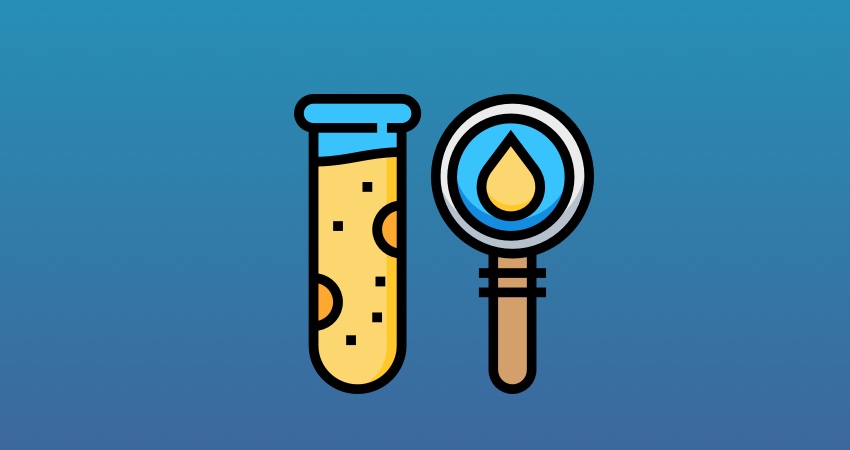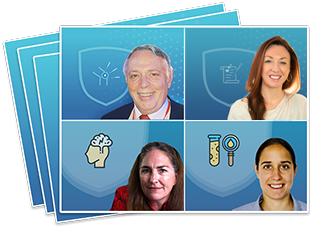If you want to be able to explain the biochemistry of acupuncture to your patients and your community, keep reading.
What is Purinergic Signaling, and what are ATP and Adenosine?
Purinergic signalling is a process by which cells in our body secrete nucleotides, like adenosine triphosphate (ATP) and adenosine. ATP and adenosine are complex organic chemicals that drive many processes at a cellular level in the body. The process involves the activation of receptors in a cell or nearby cells, regulating cellular functions.
When ATP and adenosine are released, it mostly happens extracellularly by various cell-surface-located enzymes. The system consists of transporters, enzymes and receptors responsible for synthesis, release, action, and extracellular inactivation of primarily ATP and adenosine.
When ATP and adenosine are released, they occupy specific receptors on nerve endings and transmit signals to the brain and nervous system and onto the brain stem and hypothalamus. The brain stem and hypothalamus contain neurons that control autonomic functions, including cardiovascular, gastrointestinal, respiratory, urinogenital and musculoskeletal activity.
ATP and adenosine have been referred to as the Yin and Yang in immune responses.
“The importance of adenosine for human health cannot be overstated. Indeed this ubiquitous nucleoside is an integral component of ATP and regulates the function of every tissue and organ in the body.” – Borea et al., 2016
What does this all have to do with acupuncture?
Acupuncture needling triggers the release of ATP and adenosine, causing a cascade effect of events that affect all tissues and body systems. In The Biochemistry of Acupuncture, Mel Hopper Koppelman, D.Ac., Msc goes deeply into purinergic signalling and discusses the supporting research, showing how central these biochemical processes are to healthy cellular communication and how acupuncture, moxa and tuina are involved. She covers how this signalling is involved in the modulation of pain, the immune system, intestinal motility, cardiovascular disease, and communication between the heart and brain.
Perhaps most importantly, Hopper explains how you can use science to speak to your patients and community and increase confidence in your medicine.
Check out this unique bundle if you’re looking to nail your scientific explanations of acupuncture.






